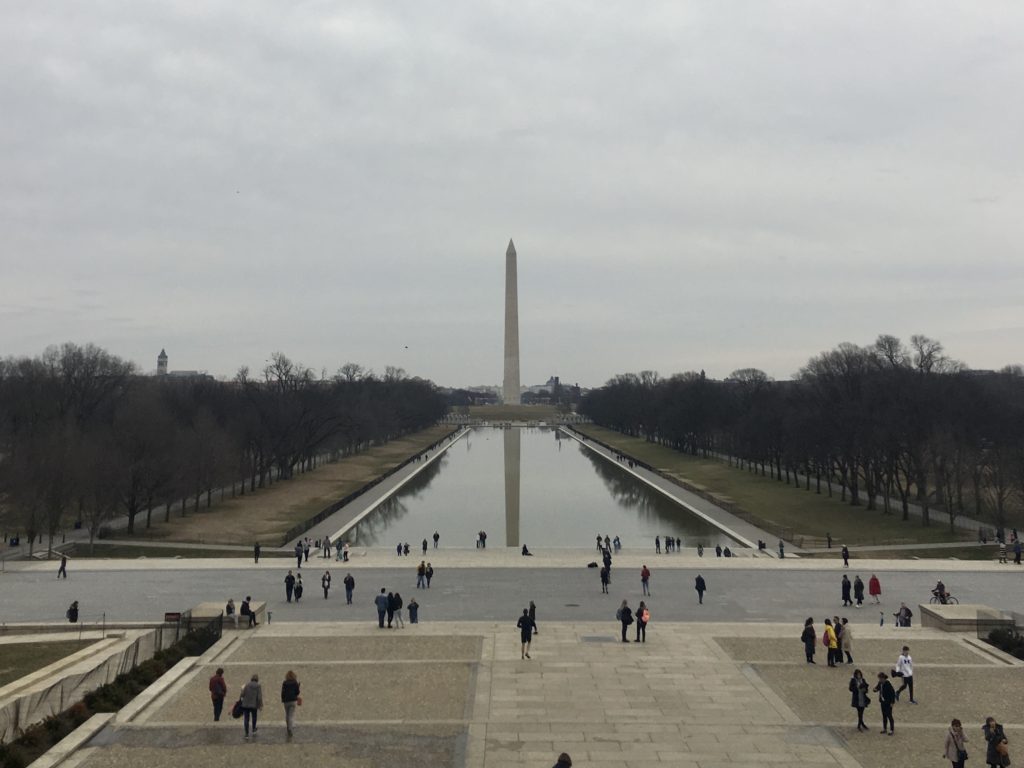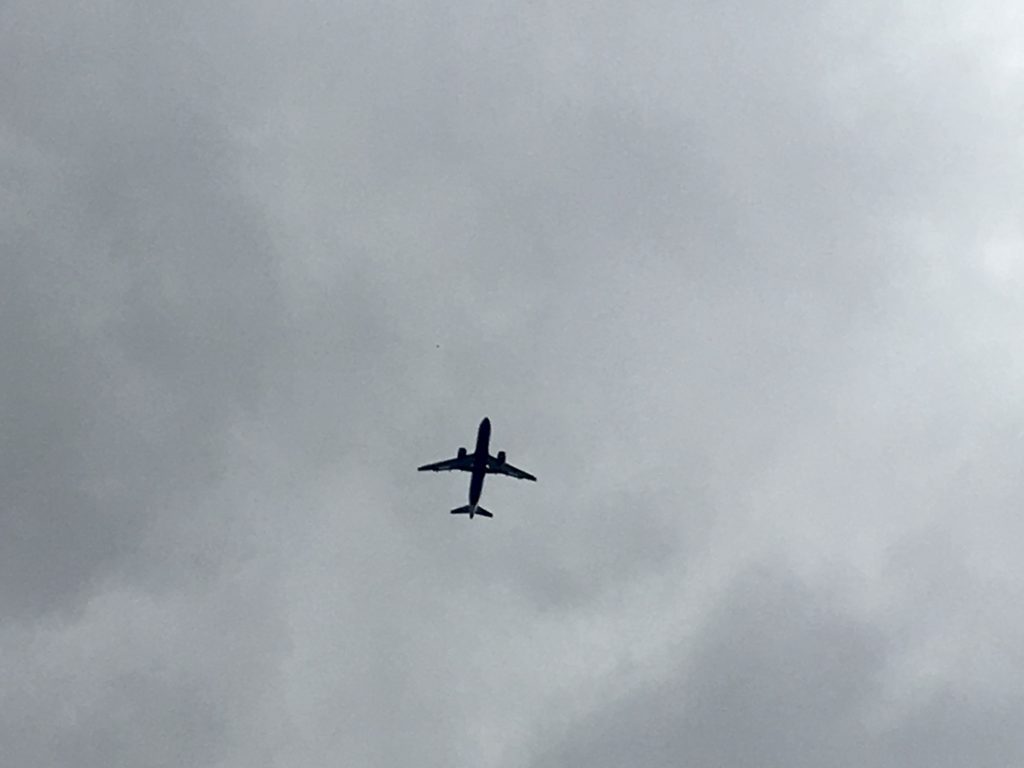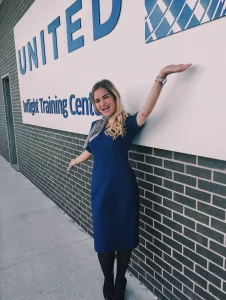A few days ago, President Trump finally signed the Payroll Support Program extension. This means that I have my job back and I’m officially unfurloughed for the time being! In this post, I’ll explain what the PSP is and how it affects my life moving forward.

What is the Payroll Support Program?
The President signed the first Payroll Support Program (or PSP) into law in April 2020. That coronavirus relief program is what gave many Americans a $1200 stimulus check and what provided loans to small businesses. It also helped the airlines stay afloat by providing money for their payrolls for six months. By taking that money, the airlines had to comply with these conditions:
- The money could only be used for worker pay and benefits, with a prohibition on furloughs and separations.
- No reduction to worker hourly rates of pay
- Continued service to all communities, helping to keep critical infrastructure in place to fight the virus and retain the ability to support recovery once the virus is contained.
- Capped executive compensation for two years beyond the expiration of the relief
- Banned stock buybacks and dividends for a year after the relief.
Because of the PSP, I was able to stay employed until October despite there being very little passenger demand. Once the terms of the PSP expired, however, the airlines had no choice but to furlough their most junior employees.
For months, the House and the Senate went back and forth trying to come up with an extension to the original PSP. The Democrats wanted to spend more money while the Republicans wanted to spend less. Eventually, they came to an agreement and passed the PSP extension.
What does the Payroll Support Program extension entail?
This new PSP includes $900 billion in aid. Airlines that take the money are required to keep all of their employees on payroll through the end of March. They also need to restore service to certain routes that the government deems necessary.
This aid package will also give Americans another stimulus check (although it’s still unclear whether it’ll be the originally agreed upon $600 or $2000 like Trump wanted). Also included in the bill are provisions for local government funding, coronavirus testing, unemployment benefits, and more.

How does the flight attendant recall process work?
I’ll try to break this down since it’s a bit confusing!
This new extension is backdated to December. There is also a provision in it that says employees go back on payroll as if they were never furloughed. So, as of the date of signing, I am officially considered an active flight attendant again. In the eyes of the law, it’s like my furlough never happened.
Aviation jobs aren’t as simple as normal jobs, however. Flight attendants and pilots can’t just come back to work at the drop of a hat. We have yearly training, security clearances, medical clearances, drug testing, and contractual provisions to take care of first. That is one of the reasons why our unions pushed so hard for payroll support. Because airlines are essential to American infrastructure, their employees need to be kept current on qualifications to keep things running smoothly.
The recall process is probably going to take a while. Our contract says that we get two weeks to respond to our recall from furlough. We also get 30 days after responding to come back to work. Since we’re already most of the way through December, the absolute earliest we’ll be back to work on this timeline is February.
And because of COVID, many flight attendants haven’t been able to keep up their qualifications. They’ll need to go to training before being able to actually work. The company also needs to send back our required duty items and company badge. Logistically, all of this will take months.
Remember that this PSP extension is only good through the end of March! Once all of the recall processes are completed, that doesn’t leave a lot of time to actually work.
What does this mean for me?
Obviously, I’m still in New Zealand. I’m not going to come back to the States for this recall because it will probably only last a few months. It’s not worth it to come back just to be furloughed again in April.
Luckily, my job as a flight attendant allows for a lot of flexibility. My company is going to offer leaves of absence for February and March. This works for them because they won’t have to pay me, and for me because I won’t have to uproot my life! I’m going to stick it out in New Zealand and see what happens down the line.

The future
Although this extension is great news for workers, it’s not going to completely solve the airlines’ problems. Demand is still down, and although the vaccine is being distributed, it won’t be widely available for a while. Scott Kirby and Brett Hart, executives at United, sent this statement to employees:
The truth is, we just don’t see anything in the data that shows a huge difference in bookings over the next few months. That is why we expect the recall will be temporary.
That’s why I’m planning on being furloughed a second time in April. Of course, a lot can change between now and then. Our union has said that they will keep fighting to stop furloughs once the terms of the PSP are up. By then, we’ll have a new President (and hopefully, a new relief package). I’m hoping for the best, but planning for the worst.
Although the world is still a bit of a mess, the passing of this Payroll Support Program extension is a massive win for airline workers. Even though it’s only temporary, this bill will keep thousands of people employed and connected to their healthcare. I hope that when April rolls around, the government will have come together to approve another much-needed stimulus for the American people. Fingers crossed!
In the meantime, feel free to check out my other posts about flight attendant life.
xoxo Niki


